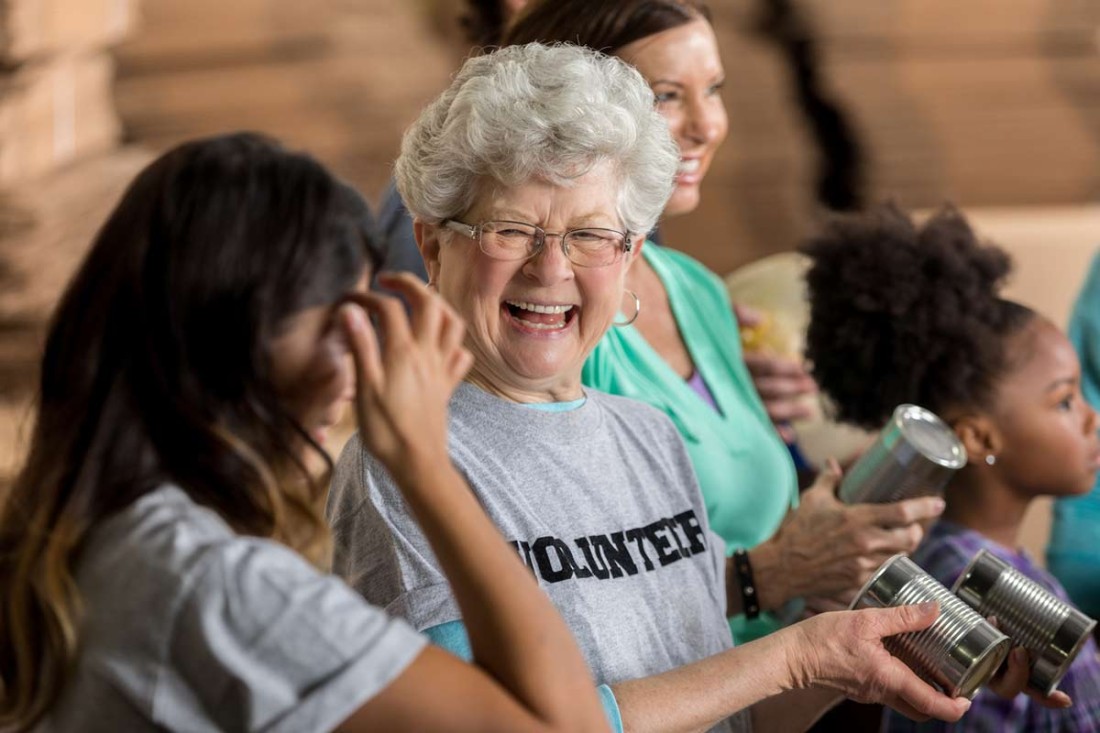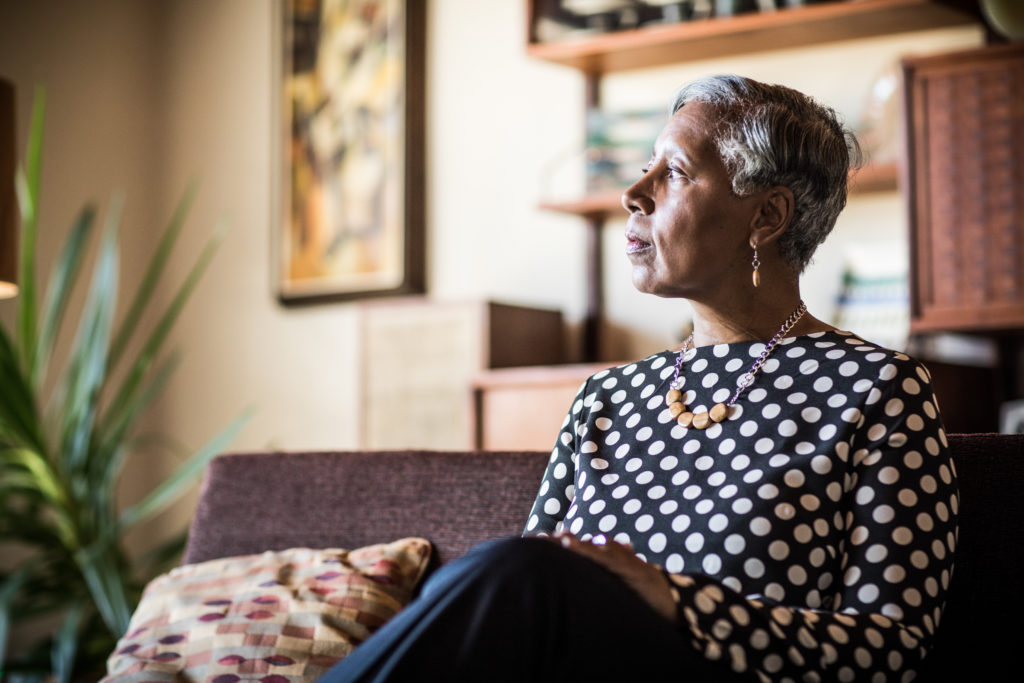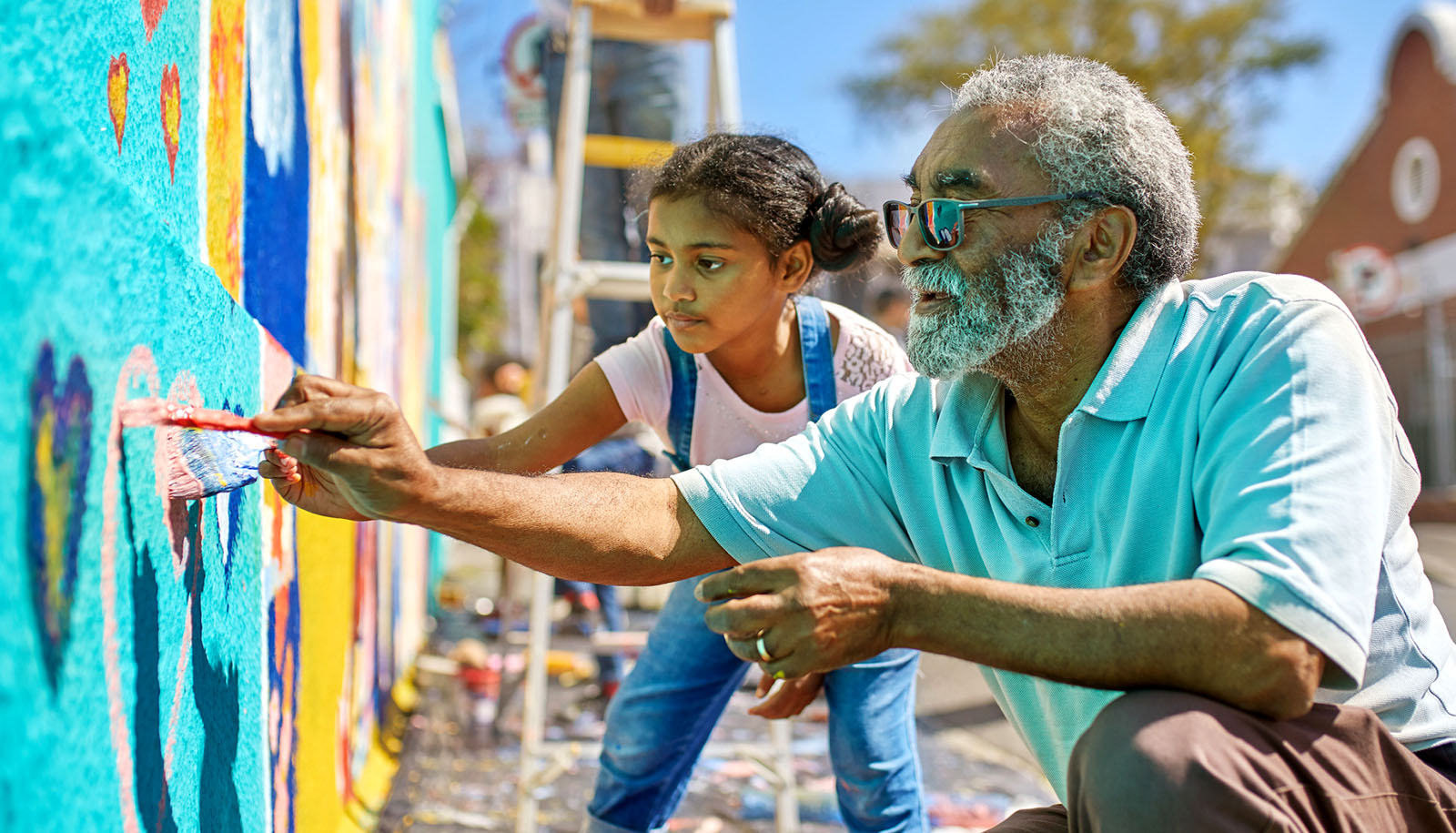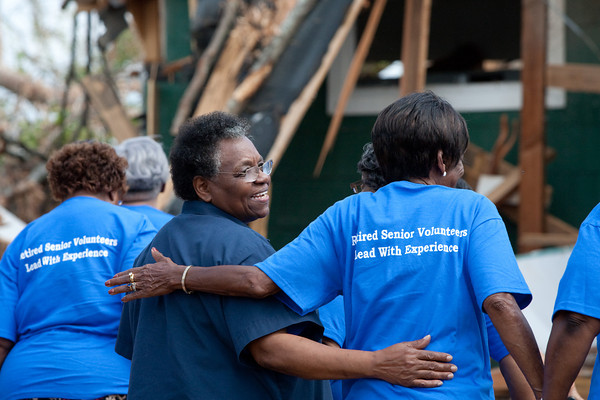Volunteering Builds Social Capital for Older Adults
Through successful volunteering placements, older adults can develop new social skills and connections, thereby strengthening their individual social capital.

The Problem
As was true of other demographics, many older adults experienced loneliness and isolation during the COVID-19 pandemic. From March to August 2020, one in four older adults reported experiencing anxiety and depression related to isolation. This loneliness and social isolation are associated with anxiety, anger, emotional instability, increased mortality and decreased quality of life. As the world reopens to in-person interactions, many seniors find themselves wanting to build community.
The Response
Volunteering as a social intervention is a method for increasing social capital in older adults and, thereby, positively increasing their health outcomes. Currently, there is a nationwide focus on volunteering, and specific programs, such as the AmeriCorps Retired Senior Volunteer Program, are meant to include volunteers in a robust community built through service. Volunteering and the concept of social capital provide potential reasons why, in general, people volunteer. Aside from altruism, other relevant reasons are building capacity for nonprofit work, caring for people they already know, and sharing in empowerment in difficult social and emotional situations (Boneham, 47). Through successful volunteering placements, older adults can develop new social skills and connections, thereby strengthening their individual social capital. Additionally, when they volunteer continually over time, they open up their social networks; interacting with new people and creating community builds trust and norms of reciprocity, both of which are tenets of a community’s social capital.
The Players
Older adults want to contribute to society and find meaning in their lives. One study notes one of the predominant themes driving older adult desire for continued meaning and involvement in life is the desire to meet new people and foster new relationships. It appears seniors enjoy the relationships built with other volunteers and staff, along with relationships with program participants who might be of very different ages and other demographics. This demonstrates that volunteering offers the opportunity to build both bonding social capital (strong connections among people who are similar) and bridging social capital (weaker connections among people who share different demographic and value characteristics). The theory of the strength of weak ties suggests that “weaker ties may offer older adults a more effective avenue for promoting emotional well-being over time than close ties, and may have the additional benefit of compensating for losses in the number of close ties.”
Given the importance of both bonding and bridging capital, programs that target seniors for volunteering should engage private and public charitable organizations/agencies and proprietary healthcare facilities to determine needs and identify opportunities for seniors. Staff at these organizations know best what their internal needs are and thus will be the champions of creating opportunities that will leave seniors feeling like they are serving salient needs. Volunteer managers both in the intervention programs and partner organizations should work together to support seniors and increase communication touch points, which safeguards against volunteer attrition.
The Promise
Creating a social network for older adults who have needed skills and would like to volunteer in the community will provide new sources of social capital for the individual volunteers and the community. However, there are important structural choices that increase the likelihood of building social capital levels. Programs should consider creating specific volunteer positions for interested older adults that are reflective of their skills, life experiences, and goals with opportunities to expand their social network through weak ties. Programs should also consider training for responsive cultural competency, provide some structured peer groups, and offer optional technology seminars that can deliver positive individual social capital growth and collective growth for the older adult community. The health of older volunteers may be better for it.



